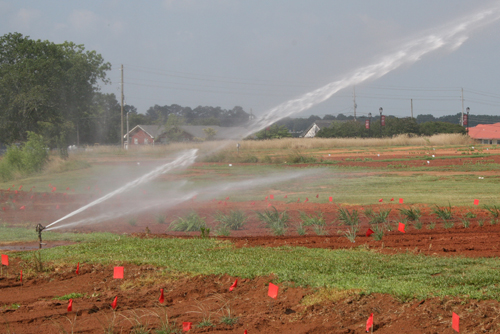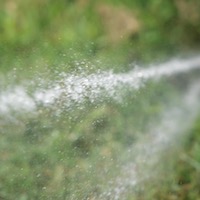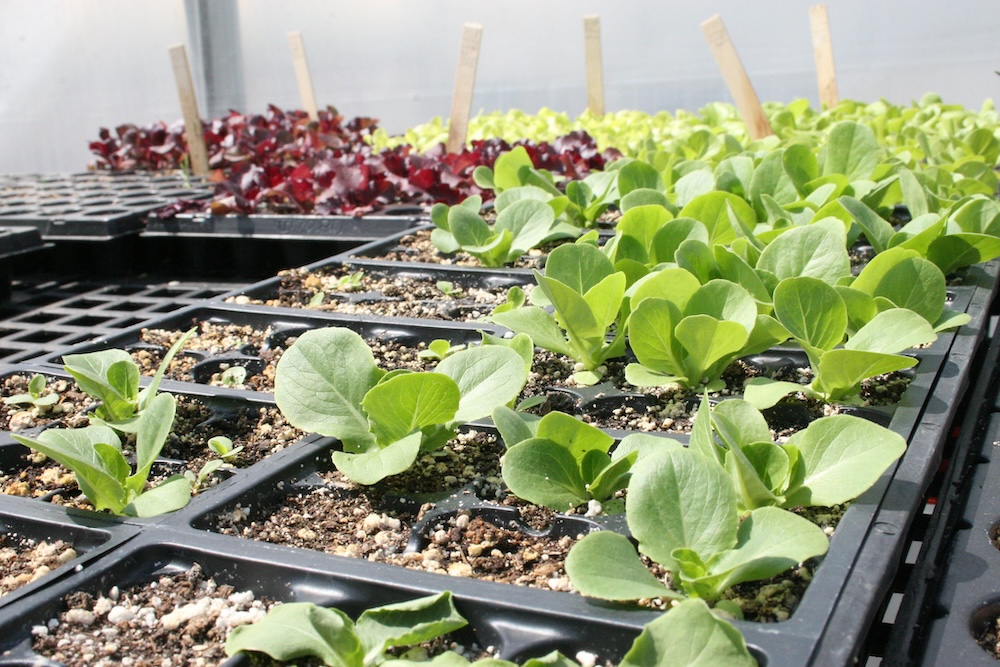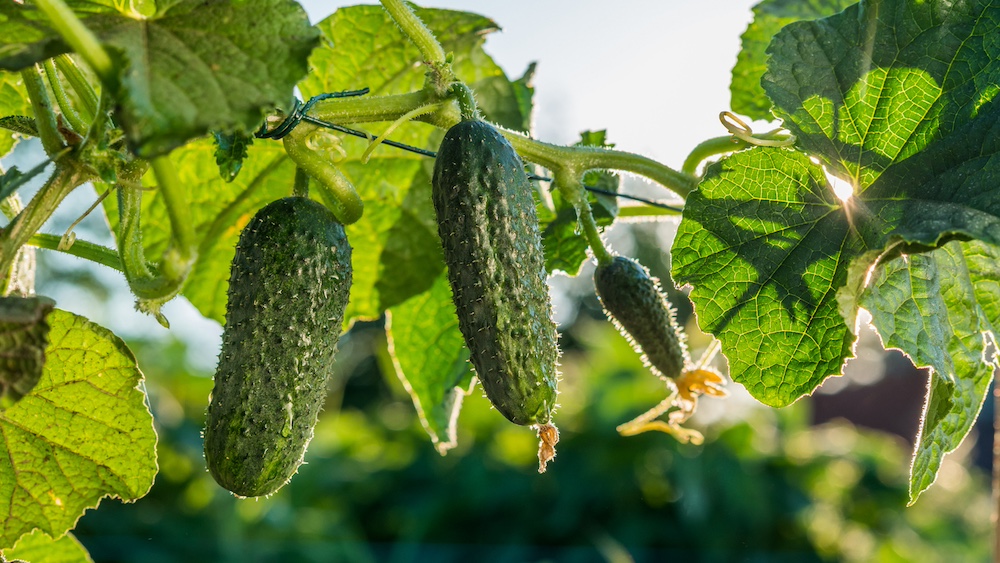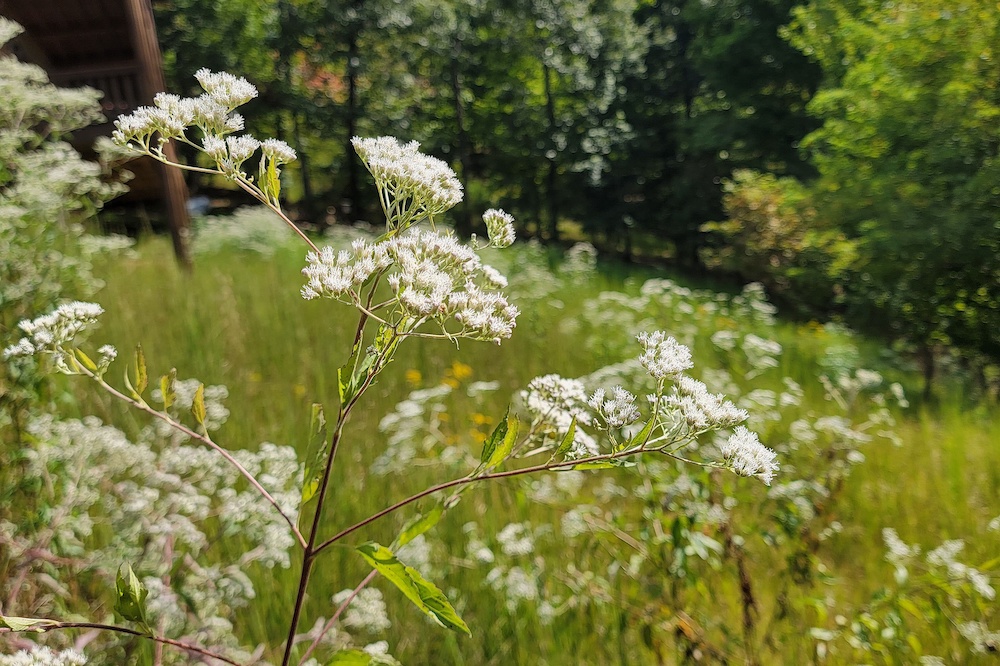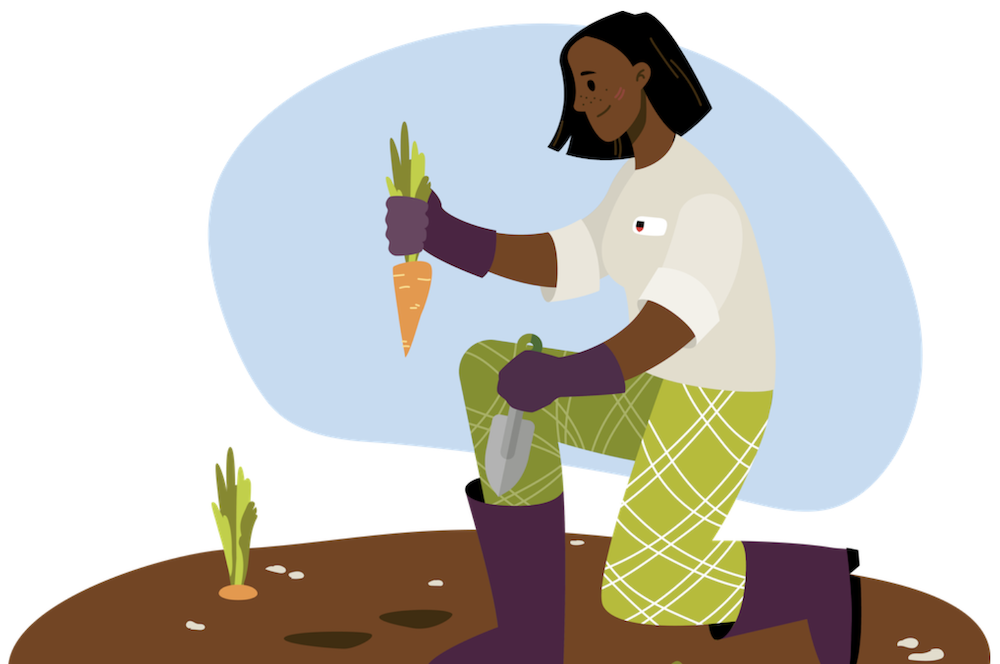Farmers know water is a valuable resource, and many farmers are now using soil sensors in their fields to control soil moisture content.
Small-plot and home gardeners can take a cue from professional farmers by becoming more conscientious about when they apply irrigation to home landscapes and gardens throughout spring and summer, says Andre da Silva, University of Georgia Cooperative Extension vegetable horticulturist.
Just as soil moisture sensors help farmers to understand when additional irrigation is needed, da Silva believes that home gardeners should use similar sensors on a smaller scale. He says even sensors with minimal technology are adequate to tell someone if and when water needs to be applied.
“Nowadays, homeowners have manual control panels in place for their irrigation systems and it’s easy to just turn them on and keep them on automatically,” da Silva said. “We have access to better technology where you can install small sensors that can be synced up with your control panel. These sensors can tell your sprinkler system if water needs to be applied or not.”
Such sensors range in cost from $30 for simple watermark sensors to $1,500 or more for advanced capacitance soil moisture sensors, depending on the level of technology. A higher level of technology allows more expensive sensors additional capabilities, such as systems that sync to smart phones.
“We have the technology available, so let’s use it,” da Silva said.
One misconception da Silva hopes to clear up about irrigation involves “field capacity,” or how much moisture remains in the soil after excess water has drained away.
“Usually people see that it rained one day, but believe they still need to apply water the next day because it’s been a day and it hasn’t rained. When you have had rainfall, if your soil is full of water, it usually takes two or three days for it to return to field capacity. This means the soil still has enough water to supply the demand of your plants,” da Silva said.
Watering plants too much can be as harmful as underwatering, as excessive watering creates ideal environmental conditions for plant diseases, he said.
For more information about home gardening, see UGA Extension Bulletin 577, “Home Gardening,” at extension.uga.edu/publications.

